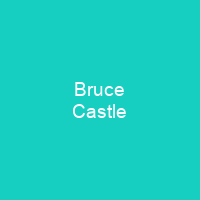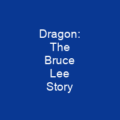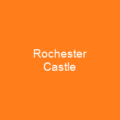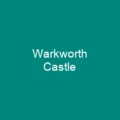Bruce Castle: A Time Capsule of London’s History
Imagine stepping back into the 16th century, where grand manors stood as silent witnesses to history. Bruce Castle, formerly known as Lordship House, is one such place that has seen it all—royal visits, historical remodels, and even a bit of ghostly activity.
The Early Days: A Meeting Place for Royalty
Our journey begins in 1516 when Bruce Castle was just a humble manor. Can you imagine the excitement as King Henry VIII met his sister, Queen of Scots Margaret, at ‘Maister Compton’s House beside Tottenham’? It’s hard to fathom that such an event took place in this very building, now transformed into a museum.
The Hare Family: A Dynasty of Renovation
Fast forward to the 17th century. Hugh Hare, who inherited a large sum and became Baron Coleraine, purchased Tottenham Manor in 1625. He renamed it Bruce Castle and began his own grand renovations. But what drove him to remodel so extensively? Was he simply following the fashion of the time or was there something more personal at play?
Henry Hare: A Man of Many Talents
Henry Hare, who inherited from Hugh, was not just a nobleman; he was also a historian and author. His work on the history of Tottenham is still celebrated today. But his most notable achievement might have been his marriage to the dowager Duchess of Somerset in 1684. This union led to significant changes at Bruce Castle, including the construction of a central tower with a belvedere.
The Ghostly Lady: A Legend of the House
Speaking of legends, the ghostly lady of Bruce Castle is said to haunt its halls. The earliest recorded reference dates back to 1858. According to legend, a lord’s wife was imprisoned and eventually threw herself from the parapet after giving birth to an infant child. Could this be true? Or is it just a tale spun by the imagination of those who have visited?
The Townsend Era: A New Chapter
In 1764, James and Henrietta Townsend were granted the estate after a lengthy legal battle. Under their ownership, Bruce Castle underwent further remodels, including the creation of an entrance front on the east side. Their son’s lack of interest led to the house being sold in 1792 to Thomas Smith.
A Legacy of Innovation: The Hill School
But it wasn’t just the house that was significant; Bruce Castle also played a role in education. John Eardley Wilmot, who lived there, founded the Hill School with his brother. This school taught a radical curriculum inspired by Enlightenment thinkers and housed diplomats’ sons from South America and Charles Babbage.
The Current Museum: A Window into History
Today, Bruce Castle serves as a museum that explores the history of Tottenham and Haringey. Its archives and grounds have been open to the public since 1892. The museum exhibits on postal history, photography, manorial documents, and even everyday objects provide a fascinating glimpse into the past.
A Modern Twist: PARK ART in Haringey
In 2012, Bruce Castle hosted an art installation called ‘Lion Scaffolding Sculpture’ as part of the borough’s cultural Olympiad. This monumental sculpture, created by Ben Long, referenced both the traditional archetype of the regal lion and the heraldic emblem of Robert the Bruce, reflecting on the heritage of the building.
As you walk through the halls of Bruce Castle, it’s hard not to feel a sense of awe. This historic manor house has seen so much—royalty, revolution, and even a bit of ghostly activity. It stands as a testament to the rich history of London and serves as a reminder that every building has its own story to tell.

You want to know more about Bruce Castle?
This page is based on the article Bruce Castle published in Wikipedia (retrieved on November 28, 2024) and was automatically summarized using artificial intelligence.







